How To Grow Astilbes: Planting And Caring For Astilbe Plants

(Co-author of How to Grow an EMERGENCY Garden) Likely the focal point of your shady summer flower bed, astilbe flowers can be recognized by their tall, fluffy plumes that tower above frilly, fern-like foliage in the shade garden. These attractive flowers make great companions for other shade tolerant plants, such as hosta and hellebores, with contrasting foliage and coordinating blooms.
Astilbe Plant Information
Twenty five species of Astilbe exist, with hundreds of hybrids available. Some are borne on arching stems, while others are erect. Astilbe flowers range in color, from whites to dark purples, though most are pastel. In addition, different varieties bloom at different times and are available in varying heights.
Astilbe flowers may be a few inches (7.5-10 cm.) to a few feet (1 m.) in height, depending on the astilbe plant you choose. If you do your research, you'll be rewarded with their spiky blossoms (in an array of heights) all summer long.
Having and using the right astilbe plant information can mean the difference between a large, fully developed bloom and one that is stunted or displays leaf browning and dieback.
Astilbe plants flourish with the right soil, food, and location. Let's learn how to grow astilbes in a way that promotes the most abundant growth.
How to Grow Astilbes
Astilbe plants grow in shade, but flowers are more productive in an area where gentle morning or dappled sun can reach them for about an hour or two. Astilbe flowers also need correct soil and moisture to flourish. Astilbes prefer rich, organic type soil.
Organic material such as compost enriches the soil and adds drainage. If your shady areas have poor, lean or rocky soil, work in some compost a few weeks before putting your plants in the ground. Amend the soil 8 to 12 inches (20-30 cm.) deep so that the roots of astilbe flowers have plenty of room to develop.
Gardening tips, videos, info and more delivered right to your inbox!
Sign up for the Gardening Know How newsletter today and receive a free download of our most popular eBook "How to Grow Delicious Tomatoes."
Place the astilbe plants into the soil, keeping the crown at the same level as the top of the soil. Water well when planting and keep the soil consistently moist.
Astilbe Plant Care
While maintenance of the plant is minimal, care for astilbe includes regular, even watering throughout its active growth, especially if planted in areas with more sun. Drying out can lead to leaf scorch, drying leaf margins and can even be the death of the astilbe plant.
The right astilbe growing conditions and fertilizer result in large feathery plumes. Occasionally amending the soil with compost or fertilizing with an organic product or fertilizer high in phosphorus is also recommended. Spent plumes can be cut back in spring or left alone for winter interest. They can also be divided about every four years as needed.
Proper care for astilbe plants and the right location can result in delicate, long-lasting blooms in the spring and summer garden. There is an astilbe for every shade garden and often one is not enough for the gardener that falls in love with growing and caring for these plants.

Becca Badgett was a regular contributor to Gardening Know How for ten years. Co-author of the book How to Grow an EMERGENCY Garden, Becca specializes in succulent and cactus gardening.
- Amy DraissDigital Community Manager
-
 "My Worst Mistake" – Gardeners Share 10 Hard-Learned Lessons
"My Worst Mistake" – Gardeners Share 10 Hard-Learned LessonsGardeners never stop learning, and sometimes our mistakes are the best teachers. But why not save time and heartache by learning from other gardeners' failures?
By Melanie Griffiths
-
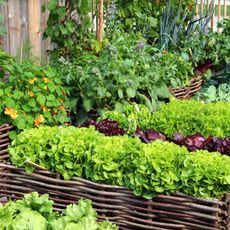 Crops for Urban Growing: 8 Edible Plants For Urban Gardens
Crops for Urban Growing: 8 Edible Plants For Urban GardensUrban edible gardening lets your yard do double duty of beauty and practicality. Have fun combining edible plants with ornamentals.
By Teo Spengler
-
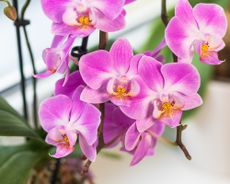 Orchid Care: How To Grow Happy, Healthy Plants Indoors
Orchid Care: How To Grow Happy, Healthy Plants IndoorsGrowing orchids as houseplants is such a rewarding hobby. Learn their unique care needs to keep plants thriving and bursting with flowers.
By Melanie Griffiths
-
 What to Plant After Spring Bulbs Have Died Back – 8 Stunning Ideas
What to Plant After Spring Bulbs Have Died Back – 8 Stunning IdeasWhen spring bulbs die back they leave unwelcome gaps and fading foliage in their wake. But with some clever planting choices, this can be concealed. Discover the best options to take their place for beautiful beds all season long.
By Mary Ellen Ellis
-
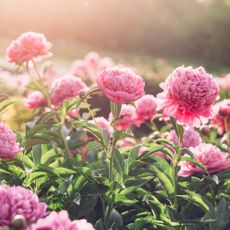 It’s Official! This Classic Cottage Garden Favorite Is The 2024 Flower Of The Year
It’s Official! This Classic Cottage Garden Favorite Is The 2024 Flower Of The YearThe 2024 Flower of the Year is a long-time garden favorite. Here’s why you will see peonies everywhere this year–and why you should add one to your garden.
By Laura Walters
-
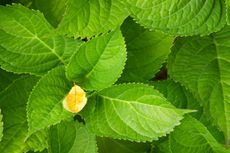 How To Get Hydrangeas To Bloom
How To Get Hydrangeas To BloomWhen your favorite hydrangea is not flowering, check out a list of what it requires and make some changes that will make it happy again.
By Caroline Bloomfield
-
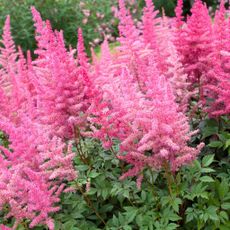 Best Underrated Plants: Forgotten Plants That Deserve A Second Look
Best Underrated Plants: Forgotten Plants That Deserve A Second LookWe all love a showstopper, but there are plenty of unsung garden heroes that can elevate the vitality of your plot. We round up eight underrated plants you need to grow this year
By Bonnie Grant
-
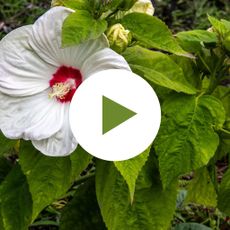 5 Things To Know About Rose Mallow
5 Things To Know About Rose MallowLooking to grow Hibiscus moscheutos, also known as rose mallow? Here are five essential care tips you need to know.
By Amy Draiss
-
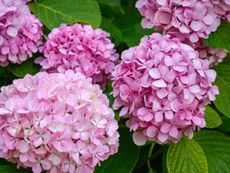 Easy To Grow Hydrangeas For Every Landscape
Easy To Grow Hydrangeas For Every LandscapeWant to grow hydrangeas but don't know where to start? Read on for no fuss, all thrills hydrangeas for any landscape.
By Amy Draiss
-
 Growing Zinnias From Seed For Beginners
Growing Zinnias From Seed For BeginnersEven beginners can grow loads of beautiful zinnia blooms. Keep reading to learn how to grow zinnias from seed.
By Laura Walters